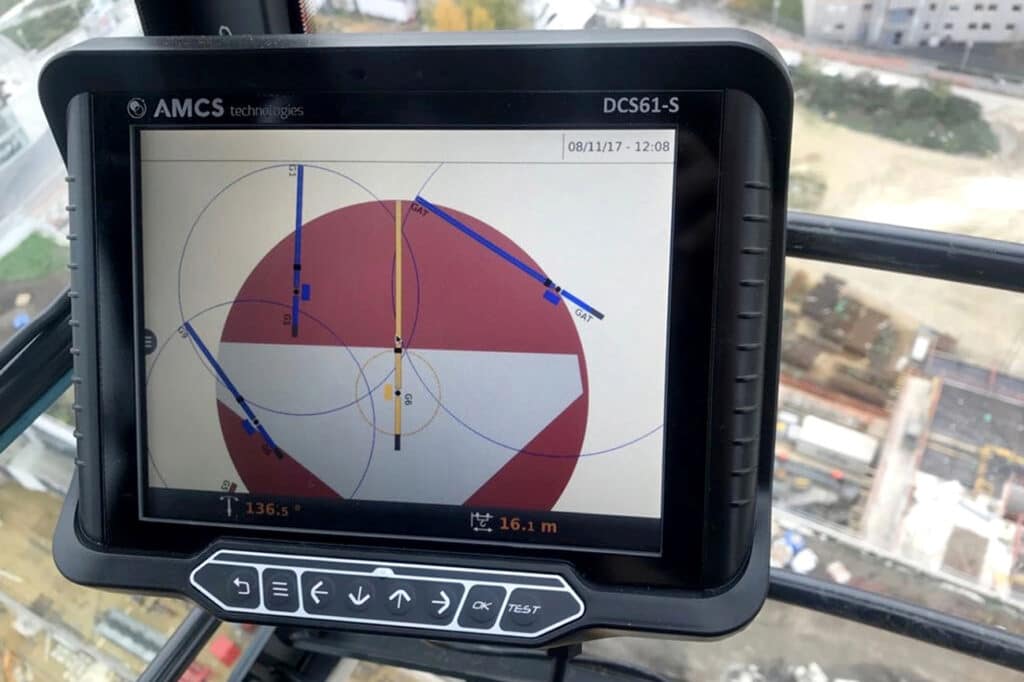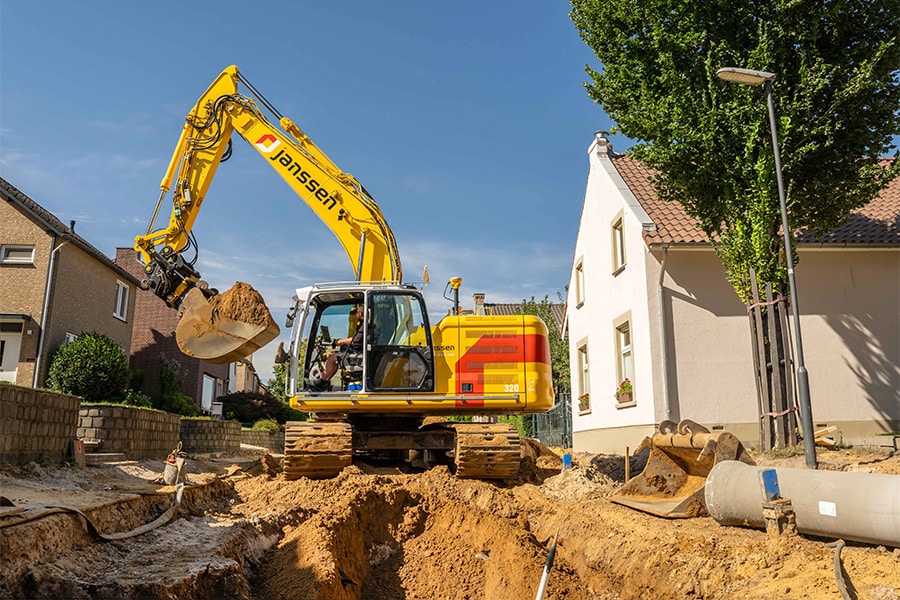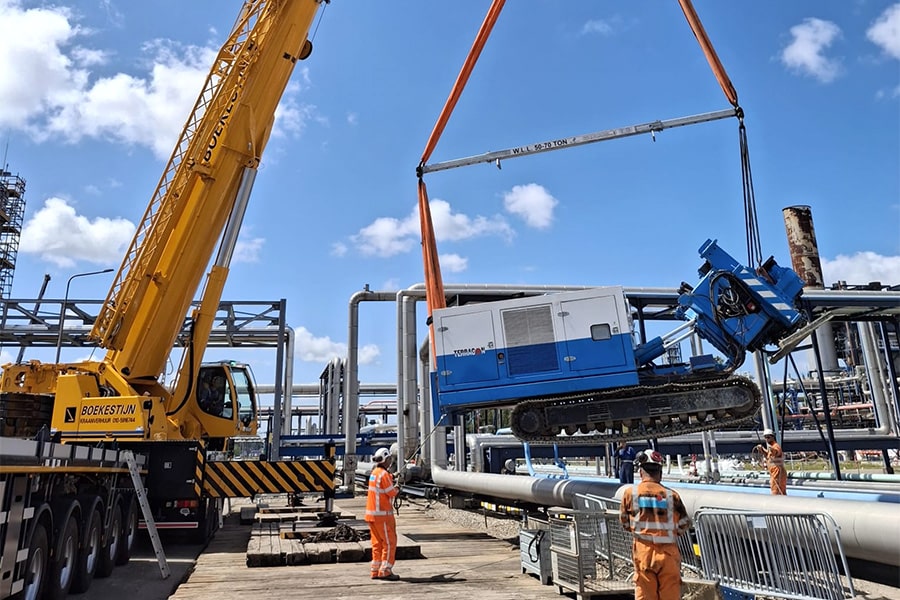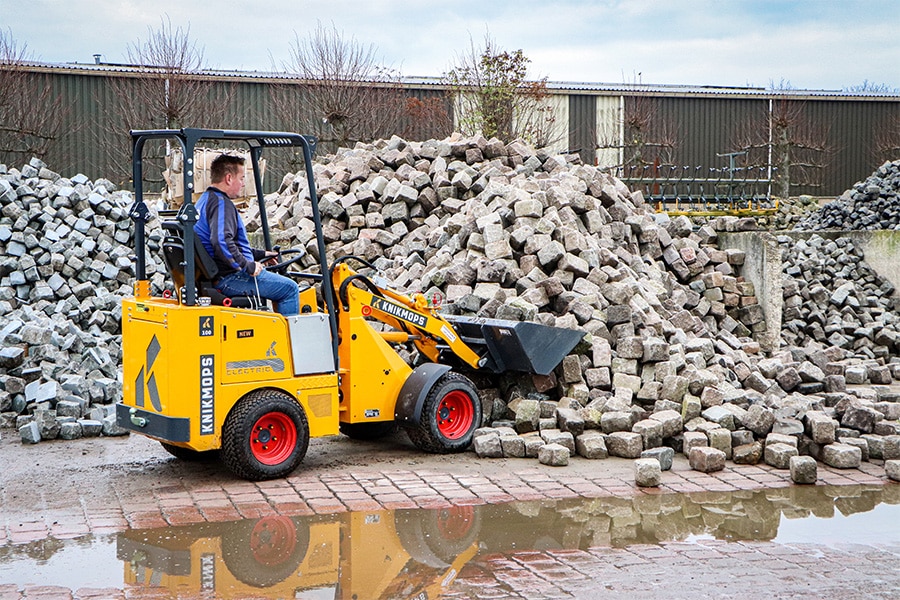
Better visibility and less risk of accidents
Working safely with multiple cranes side by side
In the Netherlands, such anti-bot systems are not yet as well established as in several of our neighboring countries or the Middle East, but they are definitely on the rise. Not least because they are becoming increasingly user-friendly. Belgium's RDS Weighing & Safety, which specializes in safe working environments, uses the most advanced technology available on the market.
Multiple GPS antennas
A good example is the DCS 61-S antibot system from the French manufacturer AMCS. That communicates its information via a radio network and constantly knows the position of each crane on a construction site, thanks to GPS antennas on the boom, counter boom, trolley and slewing ring. Each crane is equipped with its own transmitter so that the cranes can communicate with each other wirelessly. Prohibited zones can be set up, as well as dynamic zones. That is where the booms can go, but never at the same time.

Because the DCS 61-S automatically detects the movements of mobile cranes and integrates the control of tower cranes, it can create an interference zone for the machines in question. The DCS 61-S calculates in real-time and in 3D the distances between each element of the cranes (including the position of the cabin), as well as the movement speeds. The system can therefore intervene in the control mechanism and cause the tower crane to slow down and then come to a complete stop at a preset distance from another crane. The mobile crane device will emit an increasingly loud audible signal when approaching the prohibited zone or interference area.
Powerful zoom function
Another AMCS innovation that RDS provides for construction cranes is the CAM 61 digital camera system. Compared to an analog camera system, it has better image quality. Thanks to its powerful zoom function and high light sensitivity, its exact position and surroundings can be monitored on a screen.
In addition, the battery lasts as long as 44 hours (at 20°C) and can be recharged in just five hours. Since the system is digital, it is possible to process or transmit images. In addition, images can be viewed and stored up to one week back.




